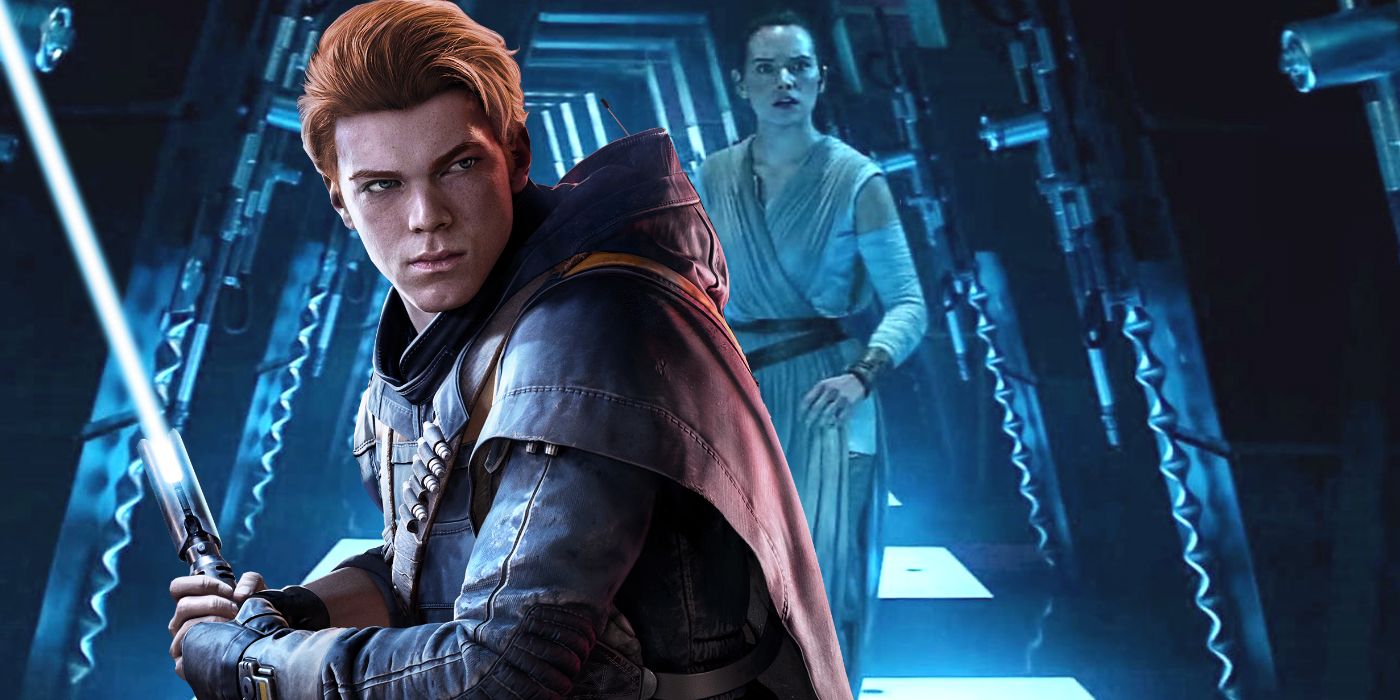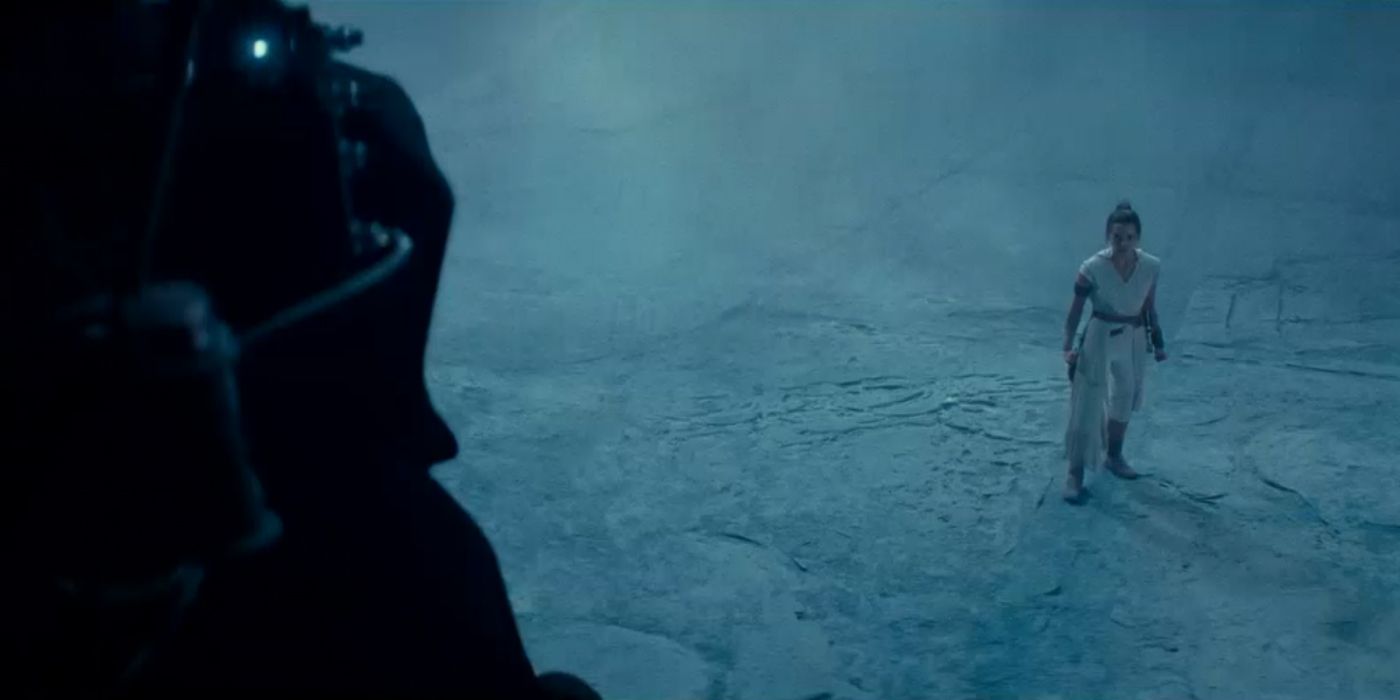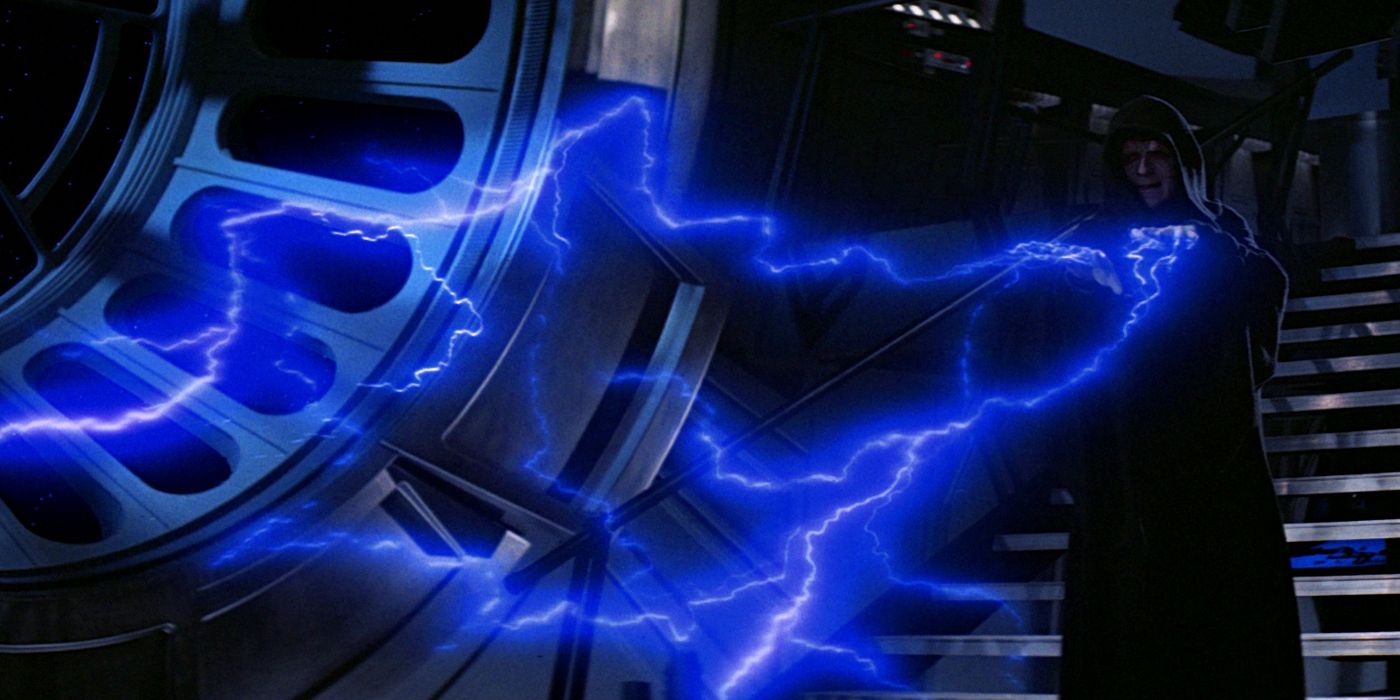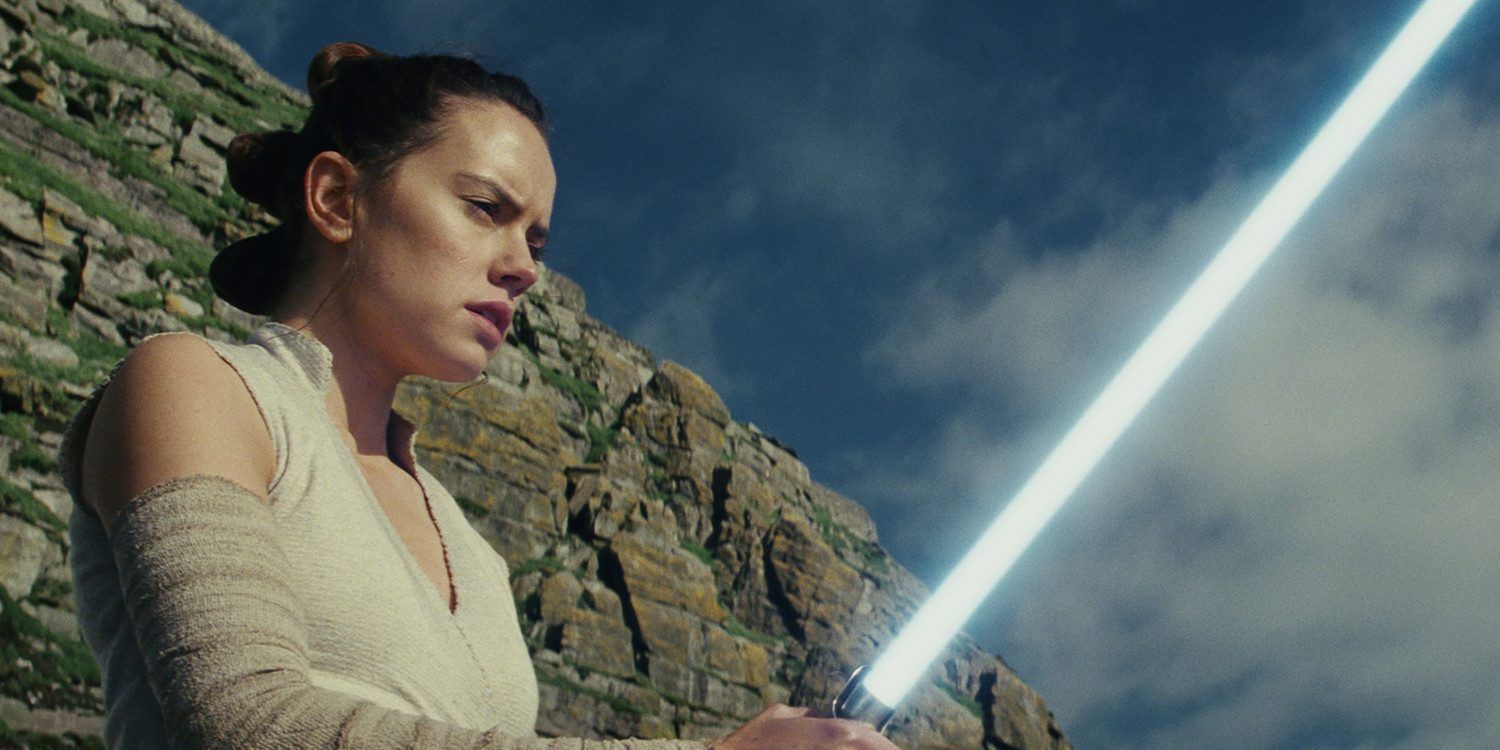Warning: This article contains SPOILERS for Star Wars: The Rise of Skywalker.
Star Wars: The Rise of Skywalker features some stunning new Force powers, and expands the Star Wars mythology in fascinating ways. Technically Star Wars bears all the trappings of science-fiction; this is a franchise with galactic empires, planet-killing superweapons, and faster-than-light travel. But, of course, it's much more than just sci-fi; Star Wars has a mythical element to it, the Force, a concept created by George Lucas that divides characters into their respective factions.
Every Star Wars movie expands this mythology, revealing more of the nature of the Force and the powers that Jedi, Sith, and even other Force cults can wield. Star Wars: The Rise of Skywalker is particularly important in that regard, because it's been sold as the final chapter in the Skywalker Saga, the triumphant conclusion to a story that's been running for over 40 years. Viewers are understandably turning up expecting the most spectacular Force powers ever seen.
They won't be disappointed. While Star Wars: The Rise of Skywalker is generally garnering mixed reception from critics, the film is remarkably creative when it comes to the Force. Previous movies in the sequel trilogy had tended to be quite conservative, with Star Wars: The Last Jedi settling for introducing "new" abilities that could actually be found in the old Expanded Universe. In contrast, at the heart of Star Wars: The Rise of Skywalker is something that has never been seen before.
The New Force Bond Between Rey and Kylo Ren
There's always been a mysterious connection between Rey and Kylo Ren, one that meant they held one another in balance. In Star Wars: The Force Awakens, Kylo Ren seems to instinctively know that this mysterious "girl" could be a problem the moment he hears about her, and he forgets all tactical sense when he has Rey in his clutches. In Star Wars: The Last Jedi, Snoke claimed to have created - or, perhaps, enhanced - the bond between the two. Finally, Star Wars: The Rise of Skywalker reveals the truth; that they are a rare event known as a "dyad in the Force," two beings who are mystically linked to one another. It's unclear how this Force Dyad came to be, or indeed what specific circumstances led to the creation of the bond. It may be as simple as the will of the Force, which recognized Palpatine's influence on Ben Solo and sought to create an opportunity for his redemption.
Regardless, over the last year, both Rey and Kylo Ren have grown stronger in the Force, and their connection has only grown stronger as well. Now, the physical spaces the two occupy appear to bleed into one another, to the extent they can duel at a distance, and objects can transition from one place to another. It's an odd form of teleportation, possibly unique to the Force Dyad, and Rey and Kylo Ren initially resist it. In the end, though, they use it quite effectively in the battle against Palpatine and his forces, when Rey passes one of her lightsabers to Kylo Ren.
Force Heal
In a nice bit of synergy, both Star Wars: The Rise of Skywalker and The Mandalorian episode 7 featured the same Force power; an ability that's best described as Force Heal. This allows someone to use the light side of the Force to transfer their life energy into another being. In The Rise of Skywalker, Rey initially uses it to heal a wounded serpent and prevent a potentially fatal battle. Later, she uses the same ability to save Kylo Ren's life, and he returns the favor by sacrificing all his life energy to bring her back at the end.
It's interesting to note that, in all the cases seen in both The Mandalorian and Star Wars: The Rise of Skywalker, being healed by the light side of the Force appears to be a transformative experience. The serpent is soothed, Kylo Ren abandons the dark side shortly after being healed, and even in The Mandalorian, Baby Yoda's healing causes a villain to suddenly develop a conscience.
Meanwhile, in thematic terms, this new Force Heal ability adds another layer of depth to the tragedy of Anakin Skywalker. It confirms that he could well have saved Padmé in Star Wars: Episode III - Revenge of the Sith - but with the light side, not the dark. He would have been able to accomplish this fear with sacrificial love, rather than the obsessive and possessive desire he burned with.
Psychometry (Sense Echo)
It's easy to miss, but Rey also demonstrates another subtle power called "psychometry," or "sense echo." This power has recently been developed in the Jedi: Fallen Order game and Kevin Shinick's young-adult novel Force Collector, and it allows a Force-sensitive to sense the history of an object with a touch. Rey demonstrates it when she's handling the Sith dagger. It's a dangerous skill, and the prequel era Jedi were wary of it, because in its strongest form a person experiences this history - including all the emotion of it.
Essence Transfer
Palpatine's original plan for Rey is that she should strike him down, and that his spirit would then possess her. This is an ability known as "Essence Transfer," which allows a recently-deceased Sith to transfer their spirit into a nearby vessel. They can dwell within either an object or a nearby person, and it's much easier to inhabit a person if they're full of the dark side, explaining why Palpatine wants Rey to act in rage and hate. The power of Essence Transfer was a major part of the old Expanded Universe, which is now considered non-canon. It's been incorporated into the Disney-era canon through various tie-ins. The most prominent example was in Charles Soule's Darth Vader series, which culminated in a clash between Darth Vader and the spirit of Darth Momin, a Sith heretic who'd been dead for millennia. Momin had died in a powerful conflagration of Dark Side energy, and his essence had been trapped within the mask he had worn. To be in the presence of Momin's mask was to fall under the influence of the dark side of the Force, driven to rage and bloodlust, while actually wearing the mask meant you were possessed by his spirit.
Force Drain
Palpatine is delighted to learn that he is in the presence of a Dyad, and he pivots to a different strategy, draining the strength of their bond to rejuvenate himself. This is another old and established power from the Expanded Universe, where it was particularly associated with Darth Nihilus in the Knights of the Old Republic II: The Sith Lords game. This power was incorporated into the Disney canon in Chuck Wendig's Aftermath trilogy, when a Sith cultist who had trained with Palpatine talked about it. "Did you know that the Sith Lords could sometimes drain the Force energy from their captives," he told a prisoner. "Siphoning life from them and using it to strengthen their connection to the dark side? Extending their own lives, as well, so that they could live for centuries beyond their intended expiration?" This is a perfectly accurate description of what Palpatine does with Force Drain in Star Wars: The Rise of Skywalker, which presents this power as the inversion of Force Heal; where the light side power allows someone to give their life to another, the dark side ability enables someone to drain it from them.
Force Storm
Palpatine now uses his new power to launch a devastating attack upon the Resistance fleet. This is Force lightning on a scale that's never been seen before, and it's better described as a Force Storm. Appropriately enough, this power was associated with the Emperor Reborn in the non-canon Dark Empire comics. At its greatest, it can be used to create wormholes that tear through space itself, allowing the Emperor to launch them from a distance.
According to The Rise of Kylo Ren, Palpatine has been using this ability from the shadows for quite some time. That comic revealed that Ben Solo didn't destroy the Jedi Temple at all; rather, he was manipulated into neutralizing Luke Skywalker, and then a Force Storm swept out of the sky and destroyed the building, with a wormhole potentially spiriting away the Younglings. The clear implication is that this was Palpatine.
Force Burying
Star Wars: The Rise of Skywalker ends with Rey using what seems to be telekinesis in a fresh way, burying the lightsabers of Luke and Leia in the desert sands of Tatooine. It's clearly intended to symbolize the fact that the Skywalker Saga is over, while preserving these legendary weapons for the inevitable time when darkness will rise again. It also serves as a convenient demonstration of Rey's still-developing abilities, her mastery in the Force now she has become a Jedi Knight.








